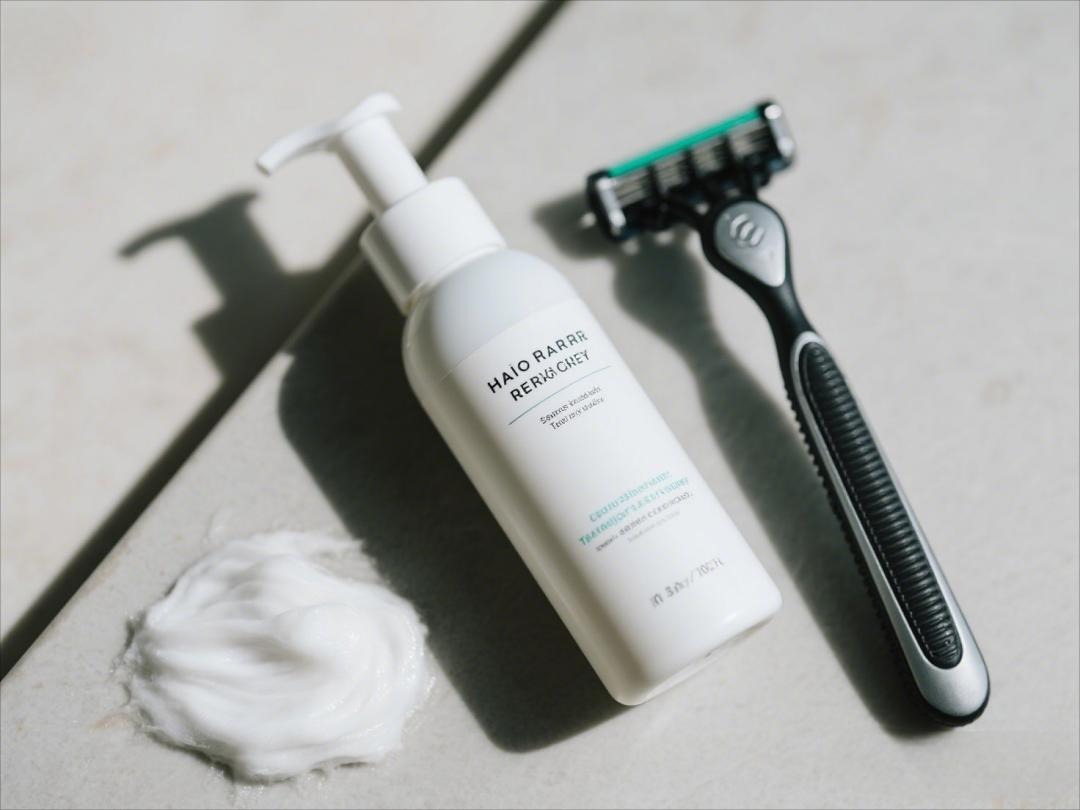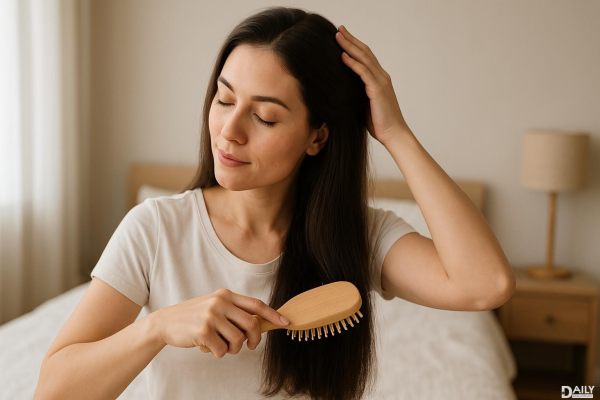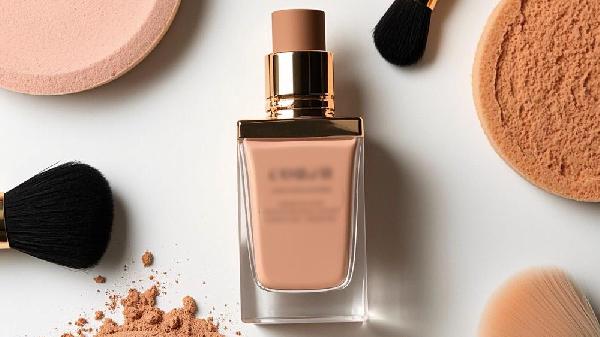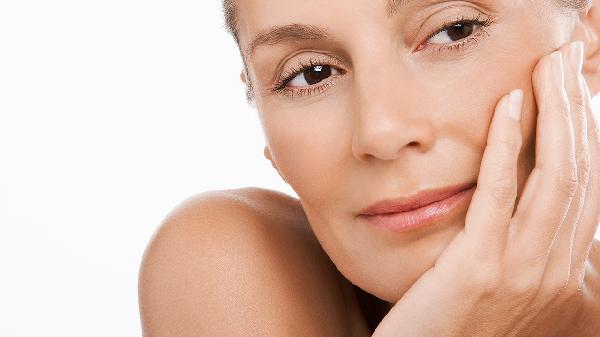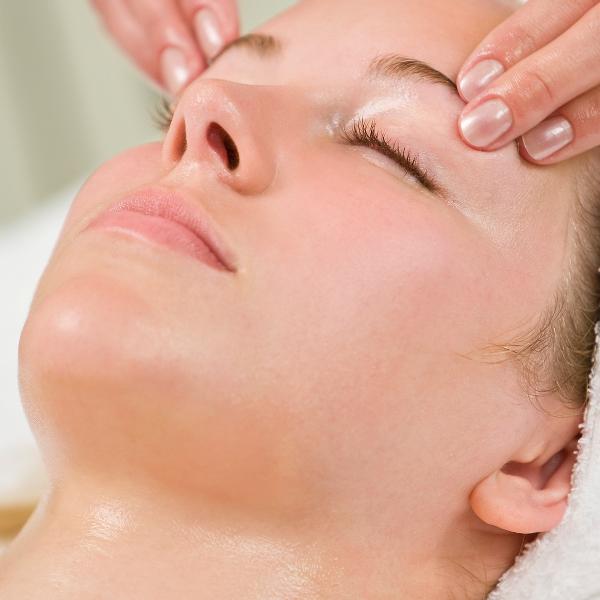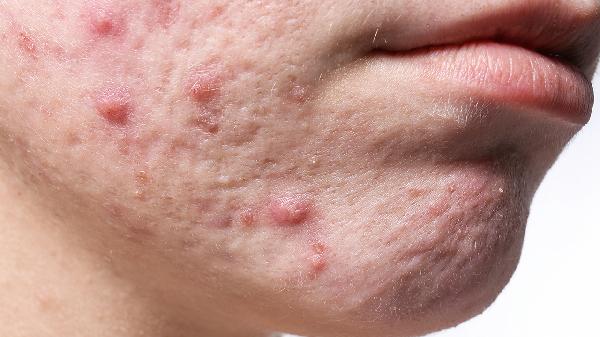Brushing and combing both have their perks, but the real winner depends on your hair type, texture, and what you're trying to achieve. If you've got thick, curly locks, a wide-tooth comb might be your best friend, while fine, straight hair could benefit more from a gentle brush. The key is knowing how to use each tool the right way—because let’s be real, nobody wants to turn their strands into a frizzy, tangled mess.

At first glance, brushes and combs seem interchangeable, but they serve different purposes. Brushes are fantastic for distributing natural oils from your scalp down to your ends, which keeps hair looking shiny and healthy. They’re also great for detangling—if you’re using the right kind (looking at you, paddle brushes). Combs, on the other hand, are precision tools. They’re ideal for sectioning hair, smoothing out wet strands without breakage, and styling with control. So, if you're dealing with post-shower tangles, a comb is your safest bet.
Not all hair is created equal, and neither should your detangling method be. If you’ve got fine or thin hair, a soft-bristle brush can help add volume without stressing your strands. For curly or coily textures, a wide-tooth comb is a game-changer—it glides through curls without disrupting their natural pattern. And if you’re rocking chemically treated or damaged hair? Skip anything with harsh bristles and opt for a seamless comb to minimize snags and splits.
Here’s where things get tricky. Wet hair is at its most vulnerable—stretchy, weak, and prone to breakage. That’s why experts swear by using a wide-tooth comb on damp strands instead of yanking a brush through them. Start from the ends and work your way up to avoid unnecessary tension. Dry hair, though? Fair game for brushing, especially if you’re using a boar-bristle brush to spread those natural oils evenly. Just don’t go overboard—over-brushing can lead to static and breakage.
Remember that old-school advice about brushing your hair 100 times for shine? Yeah, toss that out the window. Over-brushing doesn’t just waste time—it can cause friction, leading to split ends and frizz. Instead, brush or comb only as needed (like before styling or to distribute oils). And always be gentle—your hair isn’t a carpet that needs vigorous scrubbing.
Not all brushes and combs are created equal. For brushes, look for flexible bristles (natural boar bristles are a win for shine) or cushioned bases to reduce scalp tension. Avoid cheap plastic combs with rough seams—they’re basically hair shredders in disguise. Instead, go for seamless options or even a wooden comb, which reduces static and glides smoothly. And if you’re a blowout pro, a round brush with heat-resistant bristles can be a lifesaver.
Surprise—sometimes the healthiest move is to put both tools down. If your hair is super tangled, spritz on a leave-in conditioner or detangler first. Finger-combing can also work wonders, especially for curls. And if you’re dealing with major knots, start small—tackle the ends first instead of ripping through from the roots.
At the end of the day, brushing and combing aren’t about good vs. bad—it’s about using the right tool for your hair’s needs. Pay attention to how your strands react, invest in quality tools, and remember: less is often more. Your hair will thank you with fewer split ends, less frizz, and way better shine.

